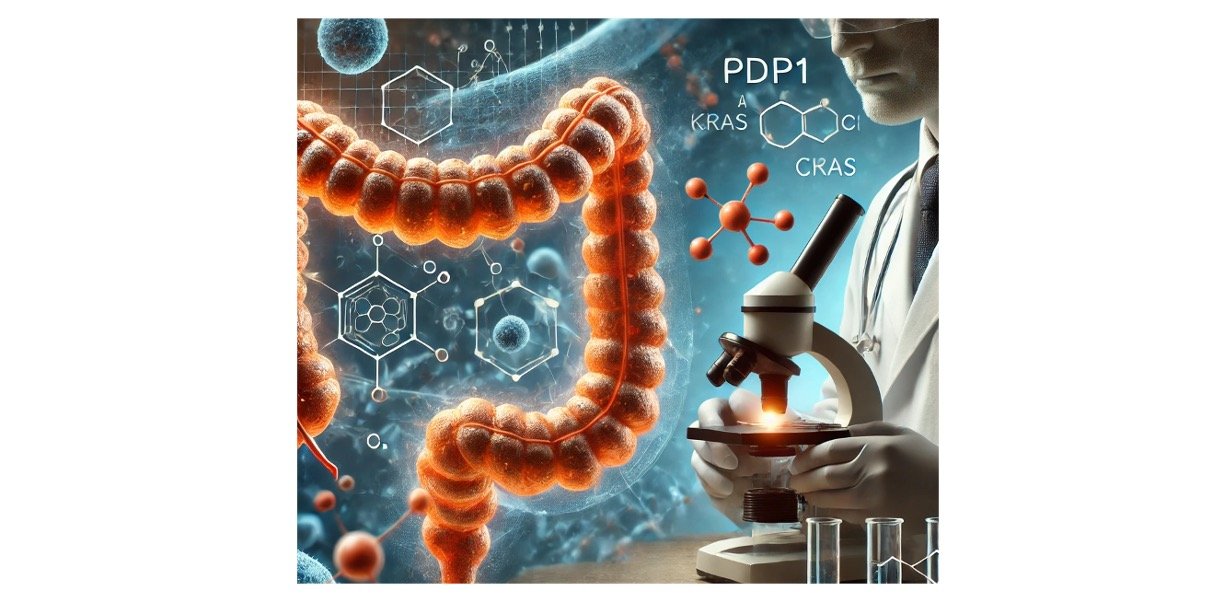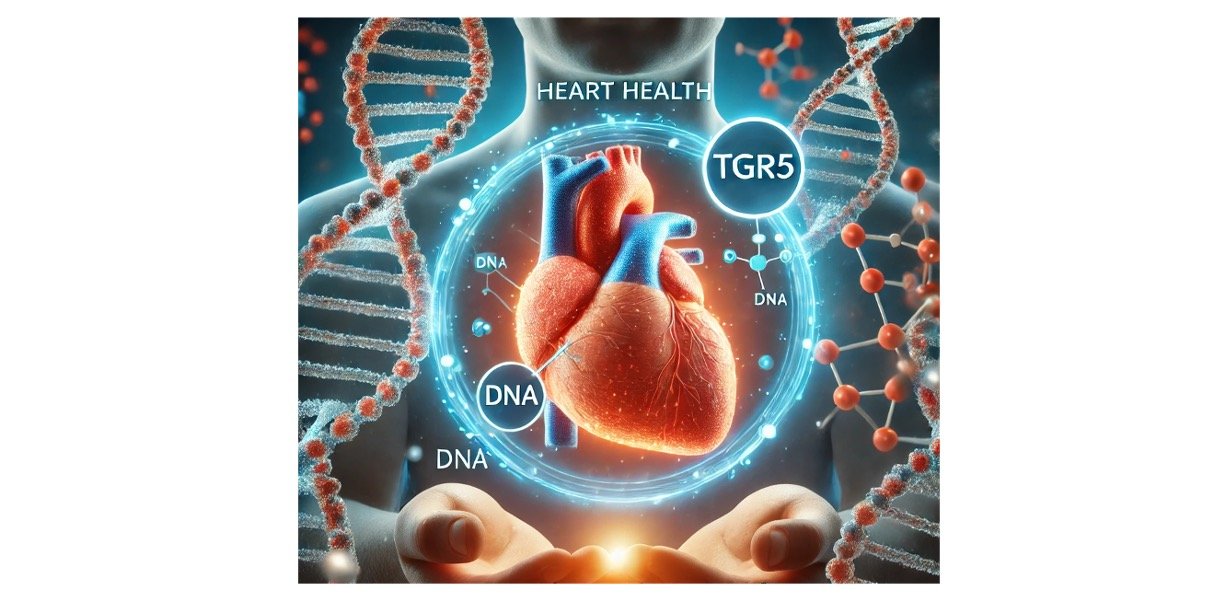Cell Cycle, Cell Cycle Phases, and Prophase
Cell cycle is the sequential process taking place to regulate the growth of organism; cell divides to produce a genetic replica and enters the stage of cell growth.
Cell growth involves the synthesis of organic material and integrates information across its counter parts for synchronous development of the whole body.
The cell synthesis phase lasts till a cell reaches its maturity; on initiation the cell again divides to produce new cell and the process continues. Cell cycle is a sequential development of cell between two cell divisions.
The cycle is genetically controlled and are programmed in every cell and are specific for each region.
Varied species has variable time length of cell cycle decided by physiological and influences pertaining to their niche.
Two Phases of cell cycle are: INTERPHASE and MITOTIC PHASE. INTERPHASE involves G1, synthesis and G2 phase; chromosomal replication and development is regulated by the phase; determines the quality and quantity of chromosome entering the daughter cells and a balance is maintained by the phase.
Karyokinesis and Cytokinesis division, segregation of chromosome and cell takes place during MITOTIC PHASE.
The notable feature of cell cycle is eukaryotic organisms though diverse and distinct have a common type of cell division over the Kingdom of Eukaryotes is a scientific wonder and research have emphasized that timing of a cell entering the cell cycle is essential in cell cycle regulation.
History of Cell Cycle
The history of mitosis dates back to 18th and 19th century where the aid from microscope and visibility of cell division under the microscope supported the discovery of the cell division.
The discovery was earlier than the DNA discovery was a breakthrough in the scientific community as it answered the most intriguing question of Humans “How do we grow? Develop? Reproduce? What is the driving factor for the growth? How do we resemble our parents?” etc.,
Before the discovery of cell division there were many theories on how the cells are related to the overall development of an organism’s lifecycle.
One of which was Rudalph Virchow’s theory of cell: “Omnis cellula e cellula” which states that a cell originates from a pre-existing cell.
Walther Flemming discovered and published a detailed book on cell division in 1882 after discovering cell division in 1879.
He named it “Mitosis” after the Greek word Mito – “Wrapping thread” owing to the thread like appearances of the chromosomes.
He conducted a detailed study and deduced staining techniques to understand cell cycle and named the stages of each division as Prophase, metaphase, Anaphase and Telophase.
The cell division was identified in Salamander’s embryo. Flemming supported Virchow’s cell theory with precision and stated that “Omnis nucleus e nucleo” which states that a nucleus origin from a pre – existing nucleus and highlighting the chromosomal segregation and laid foundation for the theory of inheritance where the chromosomes play an important role carrying the genetic information from the parent to the offspring.
Cell Cycle Phases
The cell cycle is common for all eukaryotic organisms; travelling through 2 major phases based on the cell division:
INTERPHASE and MITOTIC PHASE. Interphase consists of 3 phases Gap 1 phase, Synthesis Phase and Gap 2 Phase.
Similarly, mitosis has four phases Prophase, metaphase, anaphase, and telophase.
The development of cells through these phases are influenced and facilitated by heterodimeric protein kinases – Cyclin and Cyclin Dependent Kinases.
Mitotic Phase
The changes in above phases are minimal or not clearly visible in microscopes whereas the changes in M Phase are easily detectable.
The phase has 4 parts in which the division takes place systematically and continuously.
The cell stages are easily visible in plant parts as the specialized dividing region – MERISTEM is prevalent in roots and shoots are continuously dividing providing a mechanical support and functional integrity to the plants.
The 4 phases are: Prophase, Metaphase, Anaphase and Telophase.
Each phase has a distinctive change to be identified and Eukaryotic cells replicates in the same order in most of the organisms.

Prophase: The prophase is marked by chromosomal condensation and disintegration of cellular components and assembly of cytoskeletons for cell division. RNA synthesis is inhibited.
Metaphase: Nuclear membrane is eliminated completely chromosomes are completely condensed. The cytoskeleton – spindle fibers attach to the kinetochores. The chromosomes are aligned in the equatorial plate.
Anaphase: Chromosomal split forms daughter chromatids; travels to the opposite poles. The chromosomes are V – Shaped as they are dragged to the opposite sites.
Telophase: Microtubules disappear and chromosomes decondense to chromatin mass. Nuclear envelope starts to form. The disintegrated organelles form again.
Prophase Regulators
Onset of chromosomal condensation and differentiation is marked by the prophase requires constant expression of CYCB – CDKB complex which drives the cell division and are regulated.
The cell division is a very specific period for a developing cell which requires most of the contribution of the cell proteins and RNA to be concerned on producing two daughter cells.
Therefore, regular cell functions does not take place in the cell and whole cytoplasm will be occupied by chromosome and spindle fibers in open mitosis or the division occupies the whole nucleus with intact nuclear membrane in closed type prevalent in Yeast and lower eukaryotes.
Most of cell organelle are disintegrated at the beginning of the cycle and new spindle fibers are developed to aid in the chromosomal rearrangement genetic material segregation.
CDKB – CYCB are responsible to maintain this state throughout the cycle and other CYC – CDK complexes are phosphorylated and remains inactive; especially CDKA – CYCD whose expression might initiate growth in the mitotic cell.
Prophase Induced Cell Modification
Prophase is predominant by cellular preparation for the division includes the chromosomal condensation and disintegration of the cell organelles mainly nuclear membrane.
Prophase generally involves number of phosphorylation which are induced by unavailability of free genetic material to express the suppressing role.
These are regulated and mediated by CDK – CYC complexes of the mitotic phase where the complex induces the breakdown of nuclear membrane by phosphorylating the membrane components to breakdown and further phosphorylation of other proteins of the nucleus and the cytoplasm induce disintegration of the organelles and development of new spindle fibers.
As the cell organelles disintegrates; the mitotic spindle made of microtubules and microfilaments develops along with the chromosomal condensation by inducing the action of 2 proteins CONDENSINS and COHESIONS which coils the chromatids to chromosomes with centromeres.
Prophase Induced Nuclear Modification
I. Chromosomal Condensation
Compaction of chromosome for the ease of cellular division is aided by Condensins and Cohesions an exact mechanism on how they work is not yet achieved as perceiving chromosome is well limited by the size, integrity and complexity of it.
But theories remains that the five – subunit protein forms a ring by ATP hydrolysis and combines the chromatin and coils together.
Cohesins are similar proteins which are present from the S Phase where it binds the Replicated DNA to the sister DNA and ensures the chromatid attachment to each other.
Cohesins and Condensins belong to Structural Maintenance Protein – SMC maintains the chromosome structure and prevent them from tangle.
II. Other Events
Cell must completely prepare for the cell division to support it.
This is done by Nucleolus disintegration: condensation of the chromosomes restricts the site for gene expression which is essential for the cell coordination and synchronization.
When the region is coiled in the chromosome regular functions cease to exist thereby releasing inhibition from the nuclear membrane for CDK’s to phosphorylate the nuclear inner lamina which disintegrates into small protein speckles similar to that of ribosomes.
The condensation restricts the transcription of the cell maintenance; this may lead to the disintegration of nucleolus and nuclear envelope.
The disintegrated envelope is further displaced by Microtubules with an influx of Ca and Protein Kinase C.
The spindle formed were present form the S phase which are also eliminated and new Microtubules are formed.
Primary Constriction in the same chromosome results in the formation of a chromosomal element – centromere; plays an important role in connecting spindle fibers for the chromosomal segregation.
Prophase Induced Cytoplasmic Modification
Cell division takes place during a favorable condition where it has sufficient nutrients to promote the development of the cell cycle.
Main changes in the cell cytoplasm are: the reduced protein synthesis by a mechanism which is to be deduced.
Micro tubulars and Microfilaments from interphase disintegrate and new ones are formed, additionally; the region of cytokinesis is marked in the cell cortex by the thick actin bands – Preprophase Bands.
“Tog” domain proteins initiate the microtubular formation by catalyzing the polymerization of tubulin.
The mitotic restructure is essential to govern the cell at structural level. In mitosis; the cytoplasm remains immotile due to absence of the microtubules and microfilaments of the cell causes notable changes to support the division
1. New microtubules are synthesized which will support the cell cycle of the daughter cells.
2. The rigid cell becomes round and this promotes the even distribution of the cytoplasm and other structures to ensure the integrity of daughter cells.
3. The microtubules are soluble in the cell reduces the viscosity for ease in movement as the cytoplasm as the stream gets stationary.
All these factors ensure a proper and equal division of the cytoplasm and other organelles to the daughter cells.
Prophase Citations
- Coordinating the events of the meiotic prophase. Trends Cell Biol . 2005 Dec;15(12):674-81.
- Checkpoint mechanisms: the puppet masters of meiotic prophase. Trends Cell Biol . 2011 Jul;21(7):393-400.
- Double-strand break repair on sex chromosomes: challenges during male meiotic prophase. Cell Cycle . 2015;14(4):516-25.
- The meiotic checkpoint network: step-by-step through meiotic prophase. Cold Spring Harb Perspect Biol . 2014 Oct 1;6(10):a016675.
- The role of chromatin modifications in progression through mouse meiotic prophase. J Genet Genomics . 2014 Mar 20;41(3):97-106.
Share












